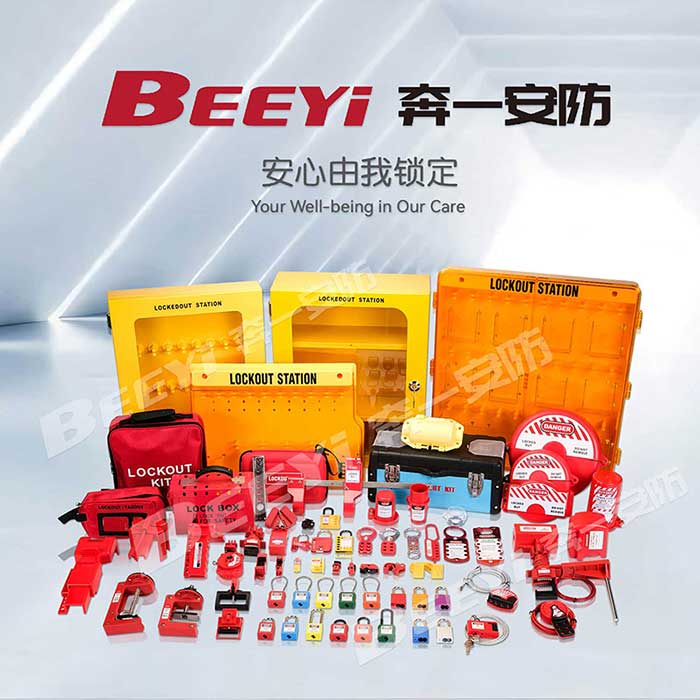Lock out equipment plays a crucial role in maintaining workplace safety, particularly in industries where machinery and electrical systems are regularly maintained or repaired. The primary function of lock out equipment is to prevent equipment from being accidentally activated while maintenance is being performed, thus safeguarding workers from potential injuries. In this article, we will explore the significance of lock out equipment, the types of devices used, and how its proper implementation can save lives and ensure a safer working environment.

What is Lock Out Equipment? Lock out equipment consists of devices that physically prevent machinery or electrical systems from being activated during maintenance or repair. The term “lock out” refers to the process of placing a lock or tag on a device to ensure that no one can start it up by mistake. This is a key safety measure used to protect workers who are servicing equipment, ensuring that the power supply or other hazard-inducing mechanisms are fully isolated and under control. The concept is part of a broader safety protocol known as Lockout/Tagout (LOTO), which is regulated in many countries as a critical workplace safety standard. The essence of LOTO is that before maintenance begins, the source of energy—whether electrical, hydraulic, pneumatic, or mechanical—should be isolated and locked out. Once the equipment is locked out, only those who have the key or access to the lock can reverse the process.